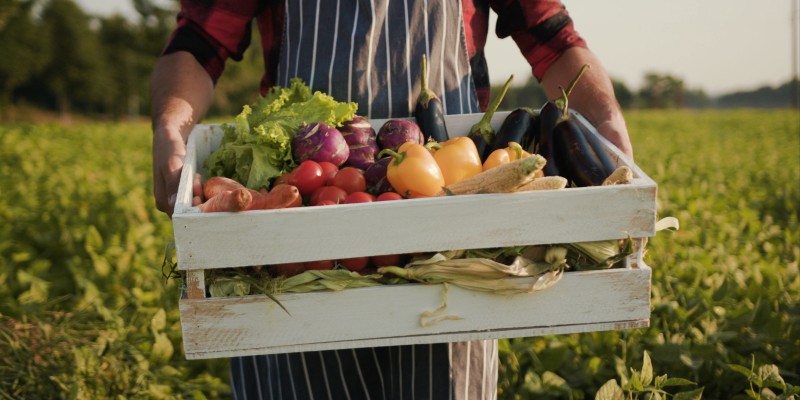In 2020, 10.5% of US households faced food insecurity—the state of being without reliable access to a sufficient quantity of affordable, nutritious food. Another 6.6% of households faced low food security, where households must use a variety of coping mechanisms in order to not significantly disrupt their dietary habits, such as enrolling in federal assistance, using food pantries, or eating less varied meals.
Food insecurity is a major driver of health, playing a sizable role in people’s health status. In adults, food insecurity can lead to increased risk of obesity and chronic disease, while children facing food insecurity are at risk for a number of physical, mental, and developmental health concerns. As the push towards value-based care increases, health care executives are increasingly looking to make progress in improving communities’ and patients’ drivers of health, and food insecurity is no exception.
The progress health care executives are trying to make in advancing value-based care can also be referred to as their “job to be done”. A job is the progress someone seeks in a given situation or under specific circumstances. When a job arises, people hire products or services to get those jobs done. People “hire” products or services that they believe have the best potential to accomplish their job.
Several products and services are available for “hire” to address the issue of food insecurity, ranging from federal programs to individual initiatives established by health care providers and community based organizations. In our most recent research on the drivers of health, we discovered a number of innovative programs across the country, with many health leaders seeking to address food insecurity for their patients. Some innovative approaches include:
- Geisinger’s Food Farmacy, where patients can receive a variety of healthy foods as well as clinical oversight on their diet
- Good Samaritan’s Farm, and accompanying Market, where they grow and sell healthy produce to the community
- CommonSpirit’s partnership with Season, a digital health company that pairs users with a dietitian and chef to deliver everything needed for healthy meals at home
However, one yet to be explored solution could be tapping into a current trend: partnering with “ugly” food companies.
“Ugly” food companies, such as Misfits Market and Imperfect Foods, work by sending customers boxes of groceries, namely fruits and vegetables, that are considered too “ugly” to be sold at traditional grocery stores. Users place an order online, pick out which products they would like to receive, and the food is shipped directly to their house. Many of these companies, such as Misfits, specifically developed their offerings to address the level of food waste in the US. But they also present a viable solution for a health executive’s job to be done around drivers of health.
Fresh produce is of particular importance, both in addressing food insecurity and improving health status. According to Harvard’s Healthy Eating Plate, fruits and vegetables should make up one half of a person’s diet in order to maintain a healthy diet. Eating enough fruits and vegetables is shown to lower the risk of several health conditions, such as heart disease, diabetes, and gastrointestinal issues. Additionally, a lack of fruits and vegetables can be detrimental to health status.
Lack of fresh produce is a specific concern when it comes to food insecurity, and the resulting negative health impacts, especially in food deserts where produce may not even be available for purchase.
Instead of seeking to create their own capabilities to grow, deliver, and/or sell healthy foods to their communities, health executives looking to address drivers of health and improve healthy food access can consider partnering with ugly food companies that already have these capabilities:
- Misfits Market and Imperfect Foods offer existing connections and partnerships with numerous farms and farmers across the country.
- They are equipped to address a specific need health executives are finding in the communities they serve.
- They are not limited to one locality. Their business model already enables them to provide healthy food across the nation, including rural locations, where food insecurity is more prevalent.
Addressing food insecurity is a major part of improving health. Health executives looking to move the needle on this health driver may find the best way to do so is through strategic partnerships with unexpected “ugly” food companies.


